Important Formulas: Symmetry | Maths Olympiad Class 6 PDF Download
1. Symmetry: Symmetry refers to a figure or shape that can be divided into identical parts that overlap when folded along a line.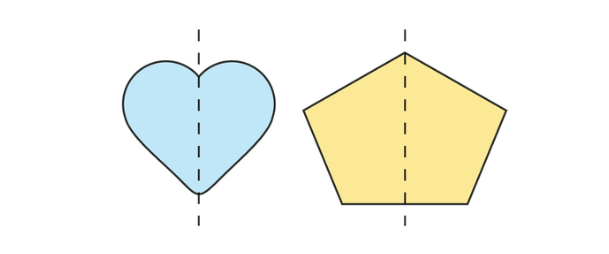
2. Line of Symmetry: A line that divides a figure into two equal mirror halves.
Example: A triangle with a vertical dotted line dividing it into two equal halves.
- Figures like flowers, butterflies, and rangolis have repeating parts that form a pattern, creating lines of symmetry.
- Clouds, on the other hand, lack symmetry because they do not have a repetitive pattern.
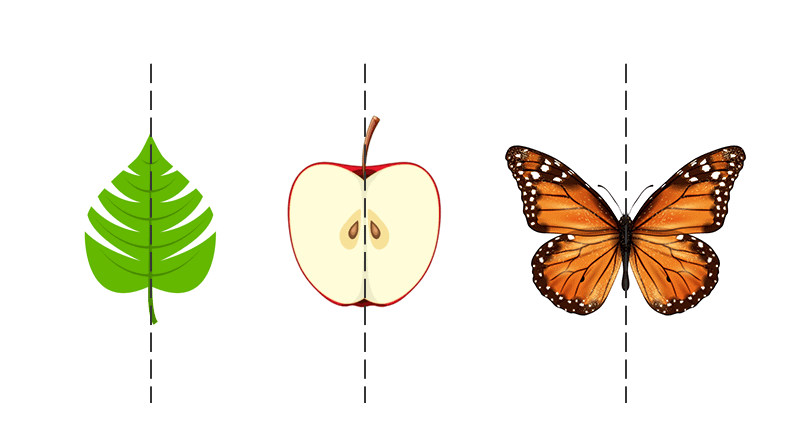
- Square: A square has 4 lines of symmetry (vertical, horizontal, and two diagonal lines).
- Rectangle: A rectangle has 2 lines of symmetry (vertical and horizontal, but not diagonal).
- Equilateral Triangle: It has 3 lines of symmetry.
- Objects like the Taj Mahal or Gopurams exhibit symmetrical structures with clear lines of symmetry.
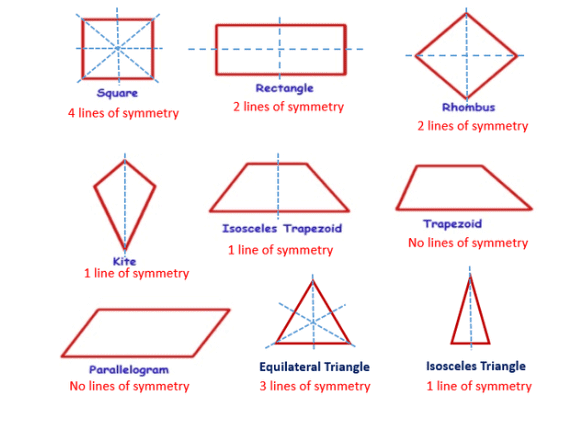
- A figure has reflection symmetry if one part is the mirror image of the other when reflected along a line of symmetry.
- Example: Reflecting a square along its vertical or horizontal axis shows that both sides overlap perfectly.
- A figure has rotational symmetry if it looks the same after being rotated by a certain angle around a central point.
- Example: A windmill has rotational symmetry at 90°, 180°, 270°, and 360°.
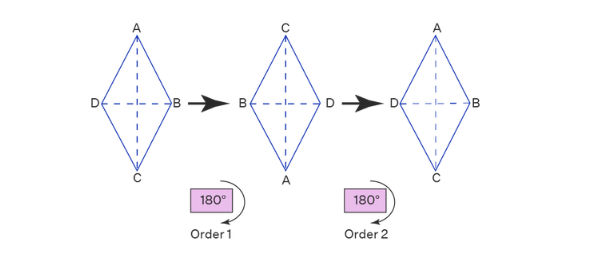
7. The point of the figure about which the rotation occurs is called the centre of rotation.
8. Angle of Symmetry: The angle at which a figure rotates to look identical to its original position. For example, a square has rotational symmetry at 90°, 180°, and 270°.
9. Figures with Multiple Symmetries- Square: Has both line symmetry (4 lines) and rotational symmetry (90°, 180°, 270°, 360°).
- Hexagon: A regular hexagon has 6 lines of symmetry and rotational symmetry at multiples of 60°.
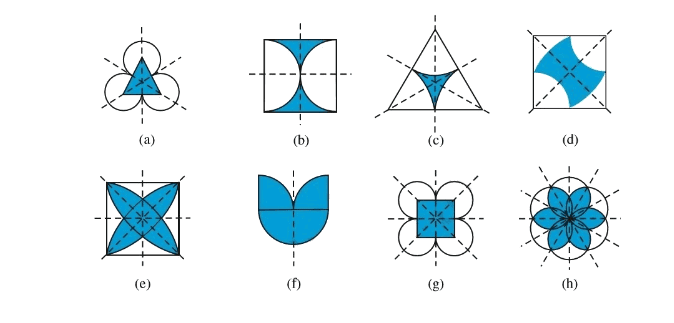
10. Some figures may have a line of symmetry but no angle of symmetry, while others may have angles of symmetry but no lines of symmetry. Some figures may have both lines of symmetry as well as angles of symmetry.
|
30 videos|120 docs|59 tests
|
FAQs on Important Formulas: Symmetry - Maths Olympiad Class 6
| 1. What is symmetry in mathematics? |  |
| 2. How can symmetry be classified in mathematics? |  |
| 3. What is line symmetry? |  |
| 4. How can rotational symmetry be identified in an object? |  |
| 5. Can all shapes have symmetry? |  |






















